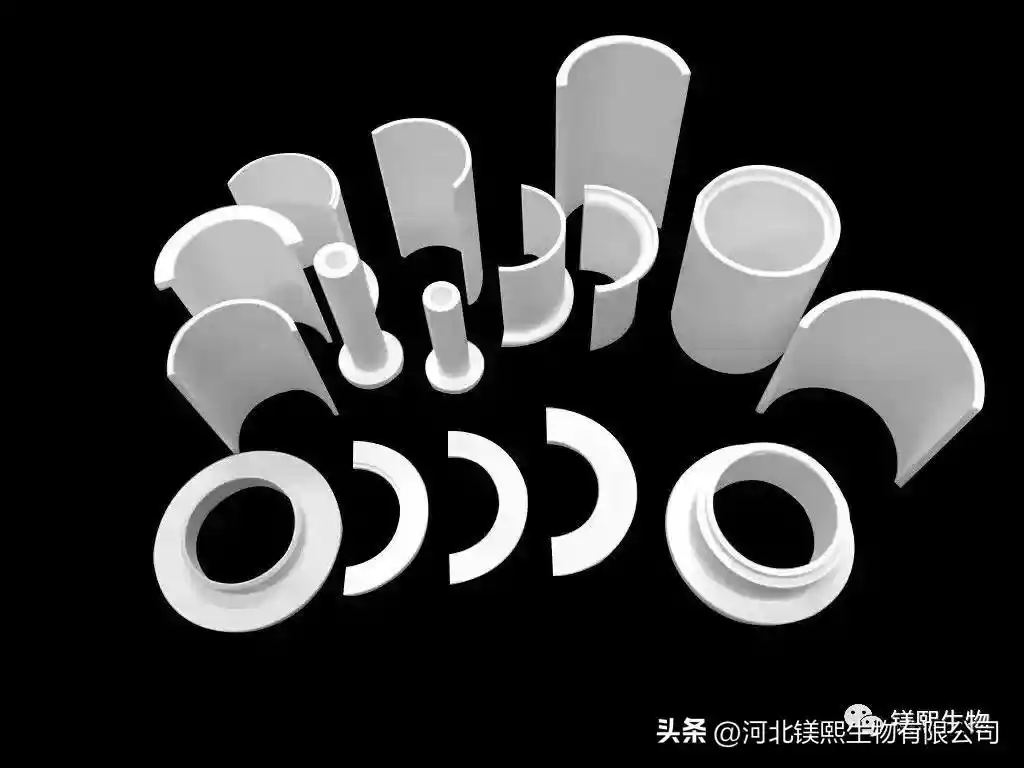Magnesium oxide (MgO) is a high-melting basic oxide with a melting point as high as 2820 degrees Celsius, which is higher than that of zirconia. Its density is 3.58g/cm3~3.60g/cm3, Mohs hardness is 5~6, and thermal expansion coefficient is 14.3X. It has high resistivity and high dielectric constant at high temperature, and is a high-temperature insulating material with excellent performance. It also has excellent resistance to molten metal erosion and alkaline slag erosion, and is the main component of alkaline refractory materials for high temperature.

Magnesium oxide has an equiaxed cubic crystal structure. As a stabilizer for zirconia modification, the incorporation of magnesia into zirconia crystals can change the crystal form of zirconia from m to t. When the addition of magnesia is 20%~30%, the zirconia crystal can keep the crystal form stable at different temperatures, especially in high heat cycle. Therefore, magnesium zirconate ceramics (MSZ) have excellent high temperature resistance, thermal shock resistance, low thermal conductivity, high heat insulation, and stable chemical properties at high temperatures. But like calcium oxide, it has a higher vapor pressure and is easily volatile in the high heat enthalpy of the plasma spray jet, which contributes to the air gap in the coating and affects the density and stability of the coating.
Magnesium oxide volatilizes quickly at 2400 degrees Celsius to 2500 degrees Celsius. It is also difficult to form a magnesium oxide coating under the conditions of rapid heating and quenching of the plasma flame. In order to improve its spraying process performance, silicon oxide can be used to coat magnesium oxide particles to prevent the volatilization of magnesium oxide at high temperature, which can greatly improve the deposition efficiency of powder. The addition of silicon oxide can lower the melting point of magnesium oxide. Nevertheless, the melting point of magnesia, which contains 7% silica, is still higher than that of alumina.
Because magnesium oxide does not undergo crystal transformation, it has good melt corrosion resistance and high temperature insulation performance. At the same time, the bonding strength between magnesium oxide coating and steel substrate is higher than that of general ceramic coating, so it will As a basic refractory oxide coating, it is used in industry, especially in metallurgical industry.
